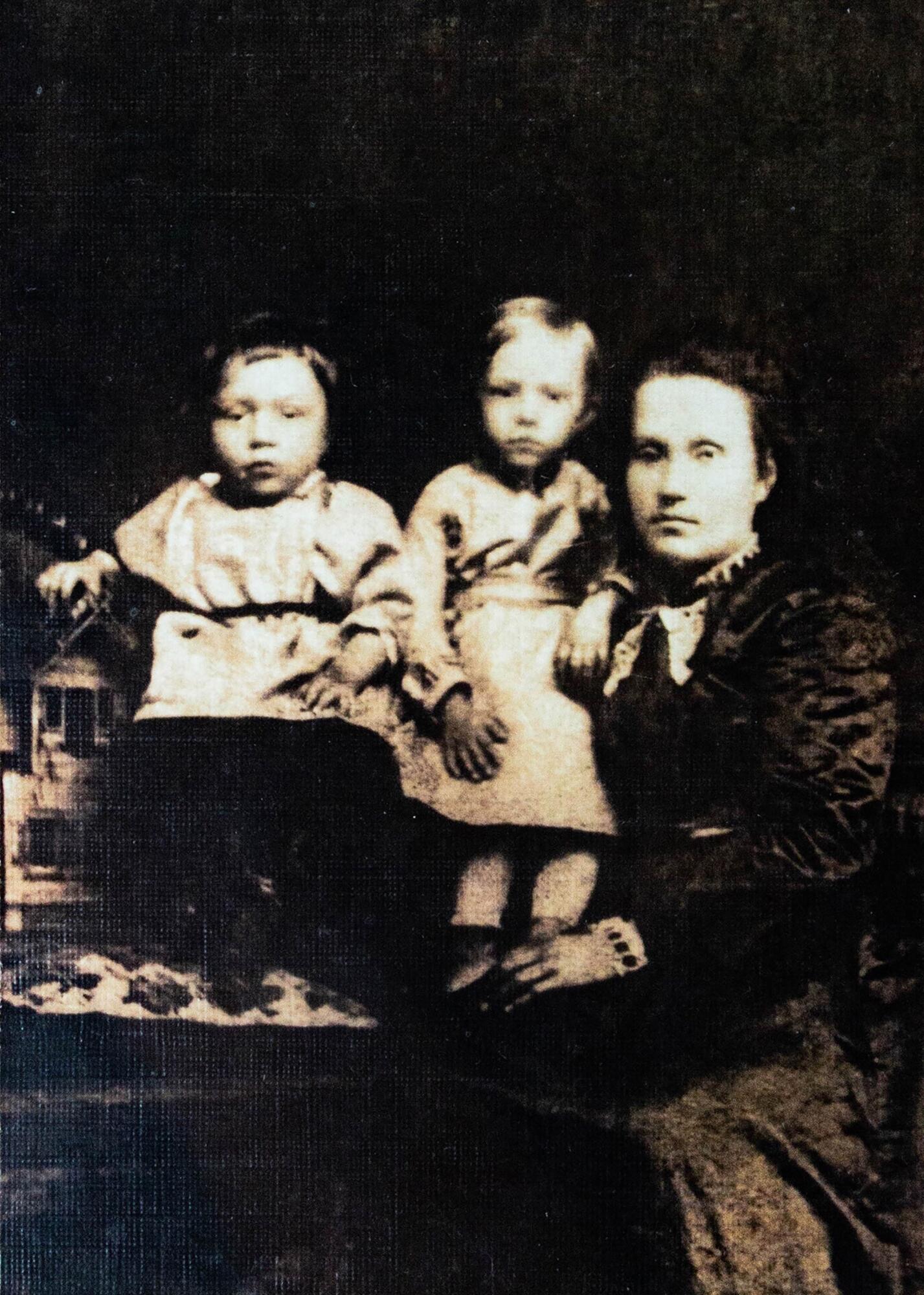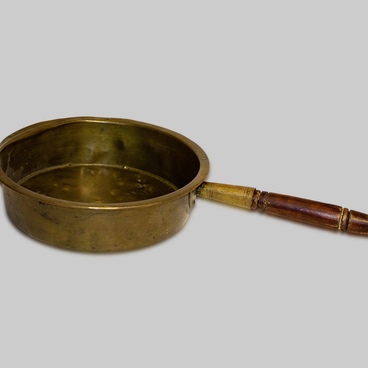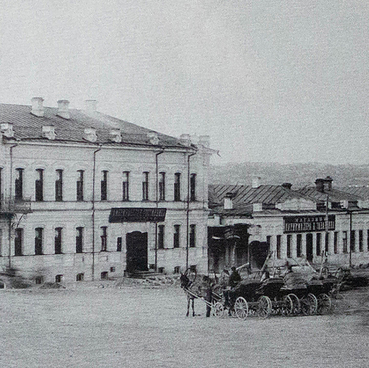The Saint Petersburg hall houses the photograph of a 19th-century writer from the Ural region, Fyodor Reshetnikov. The picture features Fyodor’s wife Seraphima, their son Semyon, and daughter Maria. Reshetnikov met Seraphima Kargopolova, his future wife, at the country house in the village of Krasnoye Selo in the summer of 1864. By then, she had graduated from Saint Petersburg Institute of Obstetrics and had been looking for the position of an obstetrician. At the time, she was staying at her brother’s place. He was a government official. In 1865, Fyodor and Seraphima got married. However, according to the writer’s diary, the newlyweds were not all that happy. In that same year, Reshetnikov took the following notes of his wife: “It looks like she is a lady who graciously accepts me as if I am a peasant who received some education; she is living off me, and does nothing <…> she insists on my holding her hand when we go out and putting on proper clothes, which I am not willing to do. Poor thing…she is going to lack more wits when she has a baby; she will bring the child up in the same poor fashion. What is to be done? ”
Seraphima gave birth to a girl on November 7, 1865. There is another record in Reshetnikov”s diary that was made on 3 December ’…[my] wife…gave birth to a girl, and she is still at the clinic and does not leave her bed’. A year later, Seraphima got a job as an obstetrician at the military hospital in Brest-Litovsk. Reshetnikov left Petersburg and followed her there on January 9, 1867. Six days later, Seraphima gave birth to a boy they named Semyon.
In September 1867, Fyodor Reshetnikov and his wife returned to Petersburg, then the capital, for a while. The two following years he spent traveling between Petersburg and Brest-Litovsk. Three years later, Seraphima quit her work and came back to Saint Petersburg together with her husband. At that time his novel “Your Own Bread and Butter” was published in the Homeland Notes magazine. The novel is based on the biography of Seraphima Reshetnikova.
In early March 1871, Reshetnikov did not feel good. A friend of his, Nikolay Novokreshchennykh, recalls March 8, when he met Reshetnikov’s wife on her way home. He remembers ‘saying to her to pay attention to her husband”s health, he seemed somewhat frail’. On March 9, the Reshetnikovs had guests in the evening. The write was lying in his study. From time to time, V. Komarov checked on Fyodor Reshetnikov. At 11 o’clock, Komarov found the writer in agony. According to a medical report, the writer died of “pulmonary edema associated with active tuberculosis and general heart malfunction”.
Seraphima gave birth to a girl on November 7, 1865. There is another record in Reshetnikov”s diary that was made on 3 December ’…[my] wife…gave birth to a girl, and she is still at the clinic and does not leave her bed’. A year later, Seraphima got a job as an obstetrician at the military hospital in Brest-Litovsk. Reshetnikov left Petersburg and followed her there on January 9, 1867. Six days later, Seraphima gave birth to a boy they named Semyon.
In September 1867, Fyodor Reshetnikov and his wife returned to Petersburg, then the capital, for a while. The two following years he spent traveling between Petersburg and Brest-Litovsk. Three years later, Seraphima quit her work and came back to Saint Petersburg together with her husband. At that time his novel “Your Own Bread and Butter” was published in the Homeland Notes magazine. The novel is based on the biography of Seraphima Reshetnikova.
In early March 1871, Reshetnikov did not feel good. A friend of his, Nikolay Novokreshchennykh, recalls March 8, when he met Reshetnikov’s wife on her way home. He remembers ‘saying to her to pay attention to her husband”s health, he seemed somewhat frail’. On March 9, the Reshetnikovs had guests in the evening. The write was lying in his study. From time to time, V. Komarov checked on Fyodor Reshetnikov. At 11 o’clock, Komarov found the writer in agony. According to a medical report, the writer died of “pulmonary edema associated with active tuberculosis and general heart malfunction”.



